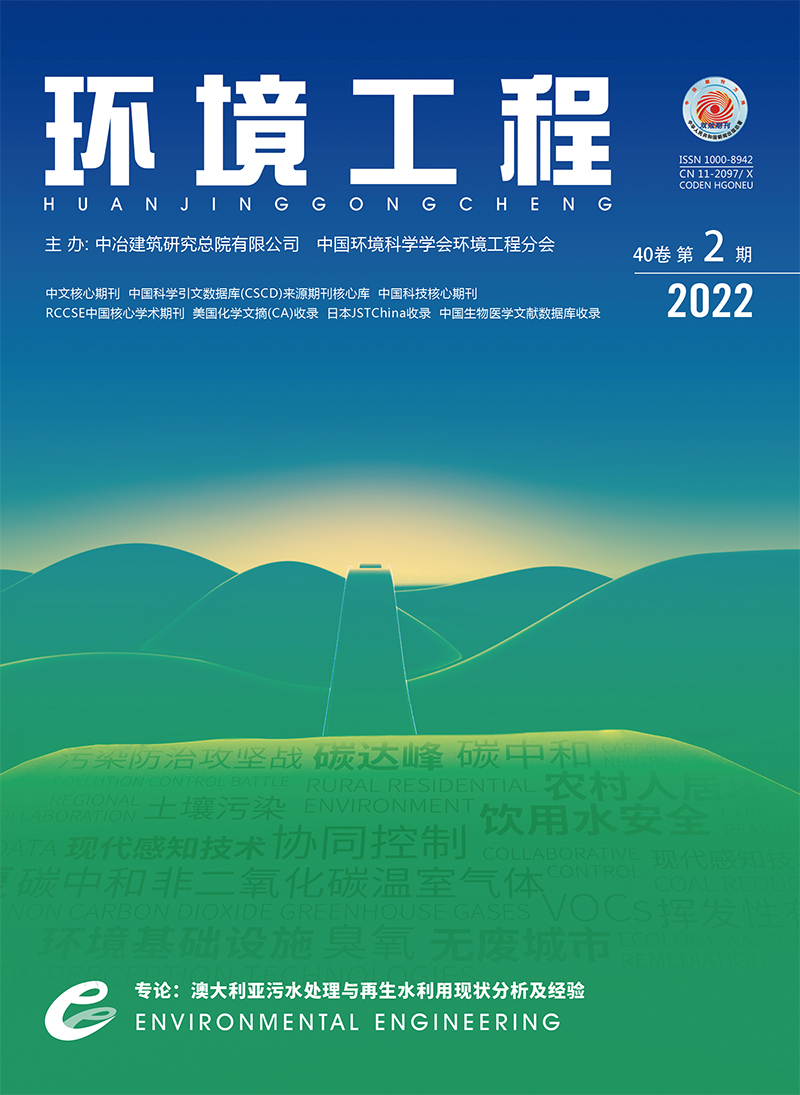| [1] |
VANCE M E,TODD K,VEJERANO E P,et al.Nanotechnology in the real world:redeveloping the nanomaterial consumer products inventory[J].Blstn Journal of Nanotechnology,2015,6:69-80.
|
| [2] |
STENSBERG M C,WEI Q S,MCLAMORE E S,et al.Toxicological studies on silver nanoparticles:challenges and opportunities in assessment,monitoring and imaging[J].Nanomedicine,2011,6(5):879-898.
|
| [3] |
CHEMOUSOVAS S,EPPLE M.Silver as antibacterial agent:ion,nanoparticle,and metal[J].Angewandte Chemie International Edition,2013,44(6):1636-1653.
|
| [4] |
LIU J Y,SONSHIN D A,SHERVANI S,et al.Controlled release of biologically active silver from nanosilver surfaces[J].ACS Nano,2010,4(11):6903-6913.
|
| [5] |
HWANG E T,JIN H L,YUN J C,et al.Analysis of the toxic mode of action of silver nanoparticles using stress-specific bioluminescent bacteria[J].Small,2010,4(6):746-750.
|
| [6] |
PARK E J,YI J,KIM Y,et al.Silver nanoparticles induce cytotoxicity by a Trojan-horse type mechanism[J].Toxicology in Vitro,2010,24(3):872-878.
|
| [7] |
JIANG X M,MICHU T,WANG L M,et al.Fast intracellular dissolution and persistent cellular uptake of silver nanoparticles in CHO-K1 cells:implication for cytotoxicity[J].Nanotoxicology,2015,9(2):181-189.
|
| [8] |
CHOI O,HU Z.Size dependent and reactive oxygen species related nanosilver toxicity to nitrifying bacteria[J].Environmental Science & Technology,2008,42(12):4583-4588.
|
| [9] |
范俊楠,赵建伟,朱端卫.湖泊氮素氧化及脱氮过程研究进展[J].生态学报,2012,32(15):4924-4931.
|
| [10] |
LIANG Z H,DAS A,HU Z Q.Bacterial response to a shock load of nanosilver in an activated sludge treatment system[J].Water Research,2010,44(18):5432-5438.
|
| [11] |
YANG Y,CHEN Q,WALL J D,et al.Potential nanosilver impact on anaerobic digestion at moderate silver concentrations[J].Water Research,2012,46(4):1176-1184.
|
| [12] |
伍玲丽,张晓雪,舒昆慧,等.两种粒径纳米银对Nitrosomonas europaea的毒性效应[J].中国环境科学,2019,39(10):4401-4408.
|
| [13] |
YANG Y,WANG J,XIU Z M,et al.Impacts of silver nanoparticles on cellular and transcriptional activity of nitrogen-cycling bacteria[J].Environmental Toxicology and Chemistry,2013,32(7):1488-1494.
|
| [14] |
DONG B,LIU G F,ZHOU J T,et al.Transformation of silver ions to silver nanoparticles mediated by humic acid under dark conditions at ambient temperature[J].Journal of Hazardous Materials,2020,383(Feb.5):121190.1-121190.9.
|
| [15] |
PERETYAZHKO T S,ZHANG Q B,COLVIN V L.Size-controlled dissolution of silver nanoparticles at neutral and acidic pH conditions:kinetics and size changes[J].Environmental Science & Technology,2014,48(20):11954-11961.
|
| [16] |
BORCH T,KRETZSCHMAR R,KAPPLER A,et al.Biogeochemical redox processes and their impact on contaminant dynamics[J].Environmental Science & Technology,2010,44(1):15-23.
|
| [17] |
RASOOL K,LEE D S.Inhibitory effects of silver nanoparticles on removal of organic pollutants and sulfate in an anaerobic biological wastewater treatment process[J].Journal of Nanoscience & Nanotechnology,2016,16(5):4456-4463.
|
| [18] |
YUAN Z H,LI J W,CUI L,et al.Interaction of silver nanoparticles with pure nitrifying bacteria[J].Chemosphere,2013,90(4):1404-1411.
|
| [19] |
LOO S L,KRANTZ W B,FANE A G,et al.Bactericidal mechanisms revealed for rapid water disinfection by superabsorbent cryogels decorated with silver nanoparticles[J].Environmental Science & Technology:ES&T,2015,49(4):2010-2018.
|
| [20] |
GORDON O,SLENTERS T V,BRUNETTO P S,et al.Silver coordination polymers for prevention of implant infection:thiol interaction,impact on respiratory chain enzymes,and hydroxyl radical induction[J].Antimicrobial Agents and Chemotherapy,2010,54(10):4208-4218.
|
| [21] |
YANG E J,KIM S,KIM J S,et al.Inflammasome formation and IL-1β release by human blood monocytes in response to silver nanoparticles[J].Biomaterials,2012,33(28):6858-6867.
|


 Login
Login Register
Register E-alert
E-alert






 DownLoad:
DownLoad: